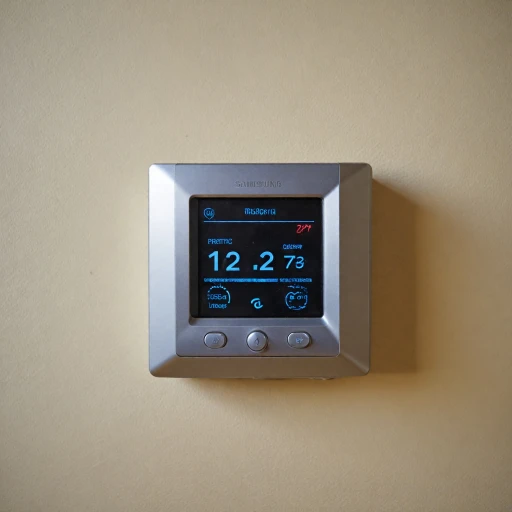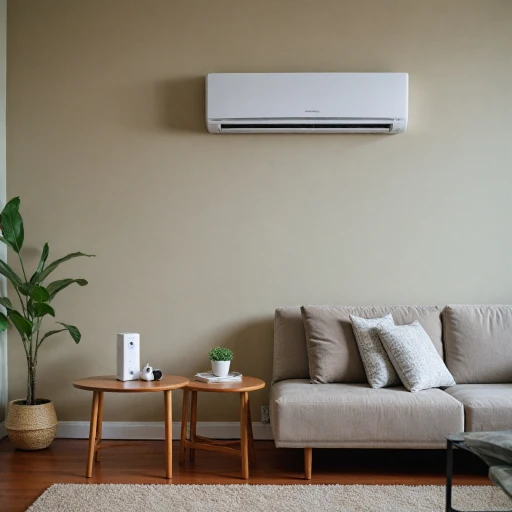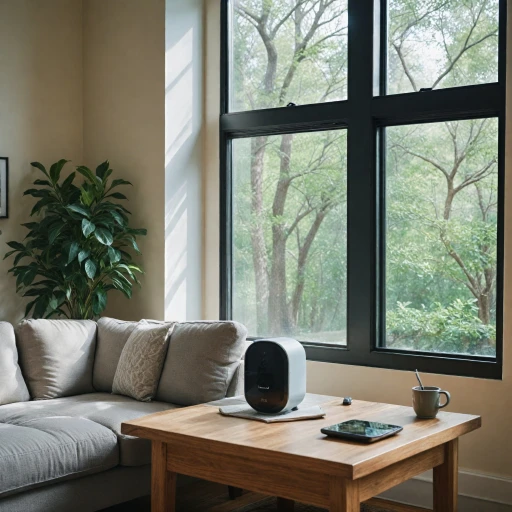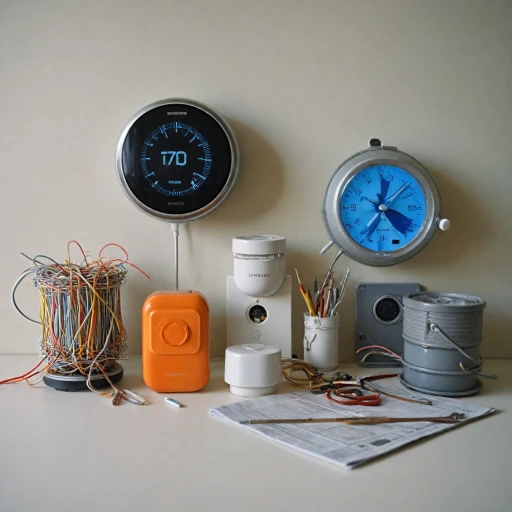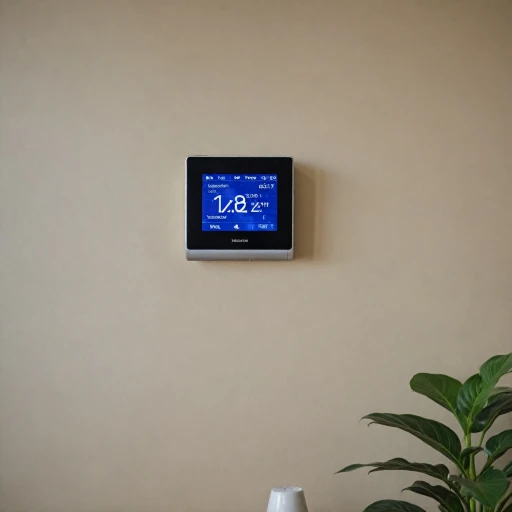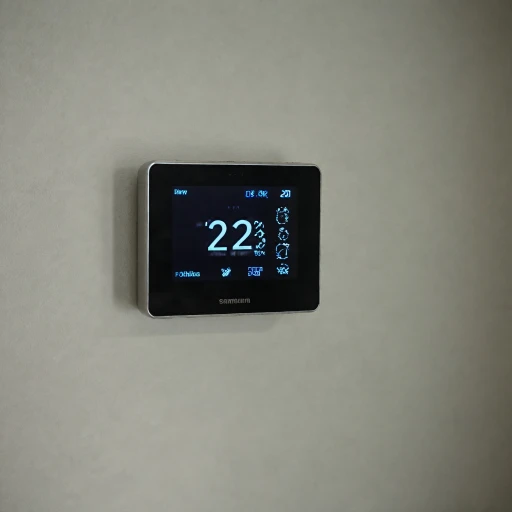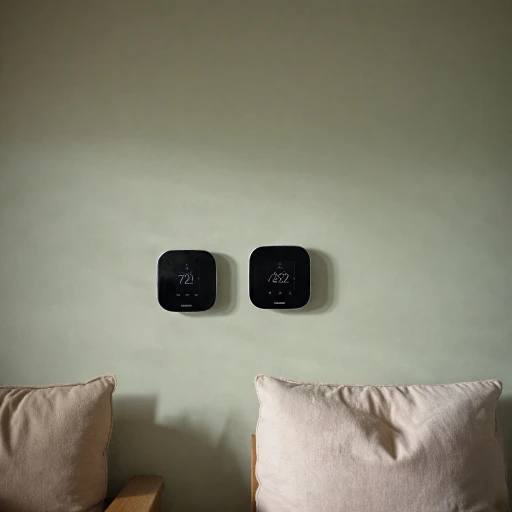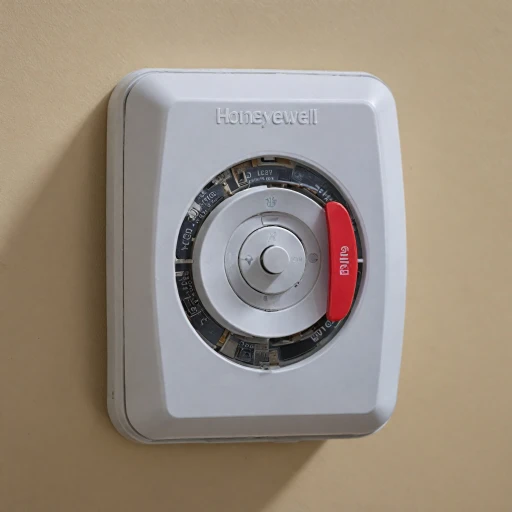
What is a Z-Wave Temperature Sensor?
Introduction to Z-Wave Temperature Sensor Technology
In the realm of home automation, Z-Wave temperature sensors play a vital role in enhancing the functionality of smart thermostats. These compact and powerful devices, such as the Aeotec and Zooz series, are designed to communicate wirelessly, efficiently regulating indoor temperature and humidity levels. But what exactly is a Z-Wave temperature sensor?
A Z-Wave temperature sensor is a specific type of device that uses the Z-Wave communication protocol to interact with other smart devices in a home automation network. Primarily, it focuses on providing accurate temperature monitoring, but many models, like the Aerq sensor, also measure humidity levels. This dual functionality is essential for maintaining a comfortable living environment, particularly in areas like South Africa with varying climate conditions.
Differences Between Z-Wave and Other Protocols
Contrasting with similar products using protocols such as Zigbee, Z-Wave sensors offer long-range signal capabilities, ensuring a stable connection with a smart thermostat located across large homes. These sensors are perfect for energy-conscious homeowners who aim to streamline their energy consumption without compromising comfort. Often considered a step above due to their reliable wave technology, Z-Wave sensors can provide peace of mind when integrated into a comprehensive smart home system.
For more insights on the versatility and competitive price range of Ecobee thermostat sensors, their integration with smart thermostats is worth exploring.
Benefits of Integrating Z-Wave Sensors with Smart Thermostats
The Advantages of Using Z-Wave Sensors with Your Smart Thermostat
Smart thermostats are a game-changer in home automation, and when integrated with Z-Wave temperature sensors, they unlock numerous benefits. Here's why combining these technologies can enhance your home environment:- Improved Monitoring and Automation: Z-Wave sensors can precisely monitor indoor temperature and humidity levels. This level of detail enhances automation capabilities, allowing your thermostat to adjust settings in real-time based on current conditions. It’s particularly useful for maintaining comfort and energy efficiency.
- Energy Efficiency: By utilizing Z-Wave sensors, smart thermostats can make more informed decisions about heating and cooling, reducing energy consumption. Automating your home's climate control helps save on utility bills—a compelling advantage, especially with rising energy costs.
- Compatibility and Flexibility: These sensors often integrate seamlessly with a wide range of hubs and controllers, supporting large ecosystems. Products like the Aeotec AërQ sensor stand out in terms of compatibility, offering long-range communication and battery efficiency.
- Enhanced Home Automation: Incorporating Z-Wave sensors allows for complex automation scenarios. For instance, when combined with other smart devices like door or window sensors, you can create routines that optimize energy use whenever you leave the house or a window is opened.
How Z-Wave Sensors Communicate with Smart Thermostats
Efficient Communication Between Z-Wave Sensors and Smart Thermostats
When exploring the capabilities of smart thermostats, understanding how Z-Wave sensors communicate with these devices is crucial. These temperature sensors are integral to maintaining optimal comfort levels within your home, thanks to their advanced communication protocols. Z-Wave technology serves as a prime example of a wireless communication system tailored towards facilitating smart home automation. This efficient communication ensures seamless integration between Z-Wave temperature and humidity sensors and your smart thermostat. The integration extends the functionality of the smart thermostat by constantly monitoring indoor temperature and adjusting settings accordingly. Smart thermostats with Z-Wave capabilities can effectively relay temperature and humidity data to the central controller or hub. This is an advantage because it allows real-time adjustments based on the precise measurements taken by the sensor. The smart thermostat processes data from the sensor, optimizing indoor climate conditions for better energy efficiency and cost savings. Choosing units with a wide range of compatibility, such as those that work with both Z-Wave and other protocols like Zigbee, increases flexibility in automation and monitoring. For instance, adding a humidity sensor alongside a temperature sensor can enhance your system's ability to manage both temperature and humidity levels. Z-Wave sensors utilize a mesh network, which is considerable because it allows them to communicate over long ranges. These sensors, often battery-powered, are small and can be placed in various locations to ensure comprehensive coverage. It's also noteworthy that products like the Aeotec temperature sensor offer long-range capabilities, extending the reach of your smart home network. It's important to consider factors such as price, with the unit price varying based on locations such as South Africa. Selecting a sensor that suits both your budget and your environmental needs, such as the Zooz or Aeotec, can further enhance the functionality of your smart thermostat setup. To learn more about integrating smart home devices for a comprehensive setup, discover how home automation can be enhanced with additional sensors like motion sensors.Installation and Setup of Z-Wave Temperature Sensors
Installing and Setting Up Z-Wave Temperature Sensors
When it comes to setting up Z-Wave temperature sensors in your smart thermostat system, precision and understanding are essential. Here’s a straightforward guide to help you get started. First, ensure compatibility between your Z-Wave temperature sensor and your smart thermostat. Check if your controller or hub, such as the Aeotec or Zooz series, supports Z-Wave technology. Many automation hubs are compatible with Z-Wave systems, but it's always better to confirm before purchasing. Once compatibility is established, follow these steps:- Unbox the Sensor: Begin by carefully unboxing your Z-Wave temperature and humidity sensors. Some popular products include the Aeotec and Aerq series, which are known for their reliability and range.
- Positioning the Sensor: Choose an indoor location where you can get accurate temperature readings. Avoid installing the device near heat sources like ovens or in high humidity areas, which might affect the sensor's performance. Proper positioning is crucial for effective monitoring of temperature and humidity levels.
- Powering the Sensor: Ensure your sensor is powered, either through a battery or direct connection, depending on the model. The choice of a battery-operated unit provides flexibility in positioning, especially in areas with limited access to power outlets.
- Connecting to the Hub: Follow the instructions provided by the product manual to connect the sensor to your hub. Typically, this involves setting your hub in pairing mode and pressing a button on the sensor. Once connected, you should see your sensor listed in your network.
- Calibration and Testing: After successful setup, check the readings against another reliable thermometer to ensure the sensor’s accuracy. This step helps confirm that the sensor is providing reliable temperature and humidity readings.
- Software Integration: Utilize your smart thermostat's app to integrate the Z-Wave sensors. The app will allow you to automate settings based on the sensor data, optimizing energy efficiency and comfort.
Common Challenges and Solutions
Overcoming Implementations & Optimization Hurdles
When setting up Z-Wave temperature sensors with smart thermostats, there are a few common challenges you might face. By understanding these hurdles, you can find effective solutions to optimize your smart home environment.- Compatibility Issues: Not all smart thermostats and Z-Wave sensors are universally compatible. Before purchase, ensure that your Z-Wave temperature sensor aligns with your existing smart thermostat setup, and check the specifications for details like the series wave or compatibility with hubs like Aeotec or Zooz Series controllers.
- Signal Range and Connectivity: Though Z-Wave sensors are known for their reliable long-range communication, physical obstructions or interference from other devices can disrupt the signal. To combat this, strategically place the sensors to minimize interference, and consider using a Z-Wave repeater if you're dealing with significant connectivity issues.
- Battery Life Concerns: Many sensors such as the Aeotec AERQ are battery-powered, which may require periodic maintenance. Keeping an eye on battery levels is crucial for maintaining optimal performance. Consider products with extended battery life or regular maintenance reminders to address this issue proactively.
- Installing and Calibrating Sensors: Incorrect installation or improper calibration can lead to inaccurate temperature or humidity readings. Follow the manufacturer's guidelines carefully and verify that your sensors are reporting accurate data. Calibrate the sensors within your smart home system, adjusting settings if necessary.
- Temperature and Humidity Monitoring: Accurate temperature and humidity monitoring is essential, especially in regions like South Africa, where climate varies significantly. Ensure that the temperature and humidity sensors are properly set and monitored to maintain desired indoor temperature and humidity levels.
- Integration with Other Devices: Incorporating additional sensors, such as water leak or door window sensors, can enhance automation but may complicate setup. Consider seeking expert advice or consulting detailed guides specific to your product range, especially when expanding your smart home ecosystem.

